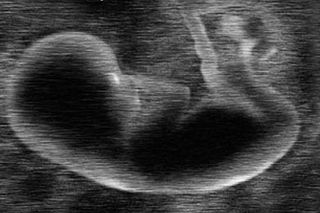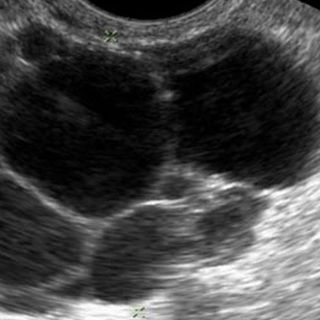
New Blood Test Can Predict Preterm Labour More Cheaply Than Sonography
There are major implications for childbirth in the developing world.

A new blood test, developed by scientists and researchers at Stanford University and described in Science, detects with 75-80 percent accuracy whether a pregnancy will end in premature birth. The technique can also be used to estimate the mother’s due date as reliably as, and less expensively than, ultrasound.
This breakthrough has profound implications for infant mortality rates, especially in the developing world. Approximately 15 million infants worldwide are born prematurely each year. In India alone, that figure is about 3.5 million (or approximately 13% of all births). It is the largest cause of infant mortality in many countries and the largest contributor to death before age 5 among children worldwide. More than 60% of global preterm births happen in South Asia and Africa, and only 1 in 10 preterm babies born in a low-income country survive. Those babies who do survive often suffer long term cognitive and physical consequences.
Until now, doctors have lacked a reliable way to predict whether pregnancies will end prematurely, especially in low-resource settings where sonography is not readily available. This test could change that.
“We found that a handful of genes are very highly predictive of which women are at risk for preterm delivery,” said Mads Melbye, MD, who is president and CEO of the Statens Serum Institute in Copenhagen. “I’ve spent a lot of time over the years working to understand preterm delivery. This is the first real, significant scientific progress on this problem in a long time.”
The tests measure the activity of maternal, placental and fetal genes by assessing maternal blood levels of cell-free RNA, tiny bits of the messenger molecule that carry the body’s genetic instructions to its protein-making factories. The team used blood samples collected during pregnancy to identify which genes gave reliable signals about gestational age and prematurity risk.
In two-thirds of preterm births, the mother goes into labor spontaneously; doctors usually do not know why. Previously, the best available tests for predicting premature birth worked only in high-risk women, such as those who had already given birth prematurely, and were correct only about 20 percent of the time.
Obstetricians now use ultrasound scans from the first trimester of pregnancy to estimate a woman’s due date, but ultrasound gives less reliable information as pregnancy progresses, making it less useful for women who don’t get early prenatal care. Ultrasound also requires expensive equipment and trained technicians, which are unavailable in much of the developing world. In contrast, the researchers anticipate that the new blood test will be simple and cheap enough to use in low-resource settings.
The gestational-age test was developed by studying a cohort of 31 Danish women who gave blood weekly throughout their pregnancies. The women all had full-term pregnancies. The scientists used blood samples from 21 of them to build a statistical model, which identified nine cell-free RNAs produced by the placenta that predict gestational age, and validated the model using samples from the remaining 10 women. The estimates of gestational age given by the model were accurate about 45 percent of the time, which is comparable to 48 percent accuracy for first-trimester ultrasound estimates.
To figure out how to predict preterm birth, the researchers used blood samples from 38 American women who were at risk for premature delivery because they had already had early contractions or had given birth to a preterm baby before. These women each gave one blood sample during the second or third trimester of their pregnancies. The scientists found that levels of cell-free RNA from seven genes from the mother and the placenta could predict which pregnancies would end early.
“It’s mostly maternal genes,” Mira Moufarrej, Stanford graduate student and co- lead author said, noting that the genes that predict prematurity are different than those that give information about gestational age. “We think it’s mom sending a signal that she’s ready to pull the ripcord.”
The scientists need to validate the new tests in larger cohorts of pregnant women before they can be made available for widespread use. The biological mechanism behind preterm birth is still a mystery, but the scientists plan to investigate the roles of the genes that signal prematurity to better understand why it happens. They also hope to identify targets for drugs that could delay premature birth.
“Measuring cell-free RNA in mothers’ blood also could provide a wealth of new information about fetal growth, Ngo said. “This gives a super-high resolution view of pregnancy and human development that no one’s ever seen before,” she said. “It tells us a lot about human development in normal pregnancy.”
The paper was authored by Stephen Quake, PhD, professor of bioengineering and of applied physics at Stanford, and Mads Melbye, MD, visiting professor of medicine. The lead authors are former Stanford postdoctoral scholar Thuy Ngo, PhD, and Stanford graduate student Mira Moufarrej.
Related


A PCOS Researcher Discusses Her Latest Findings
